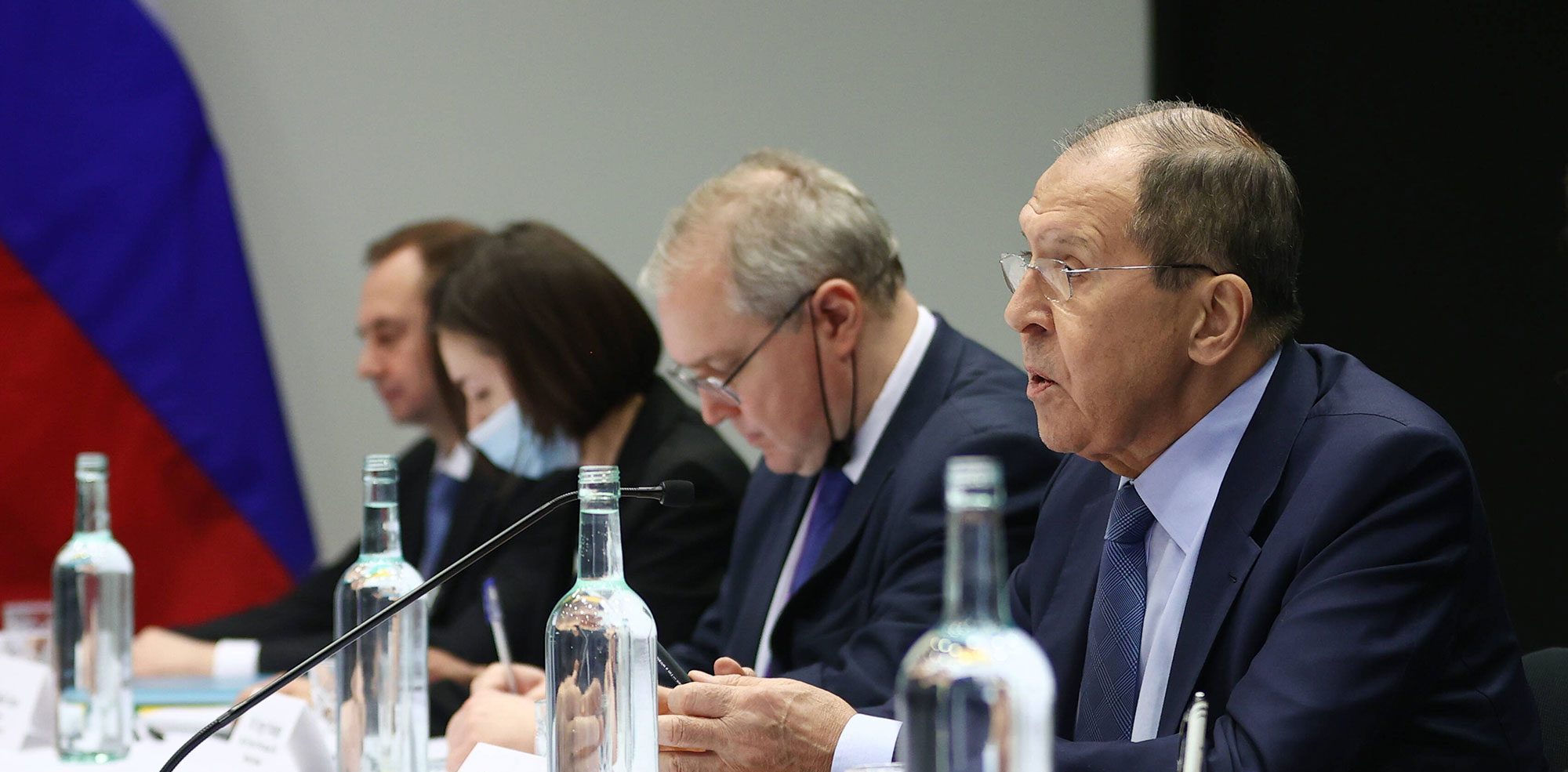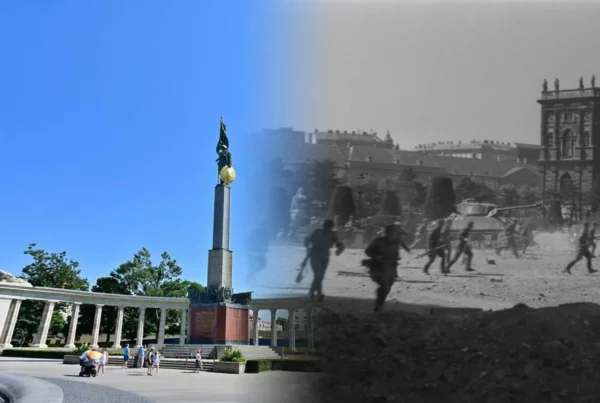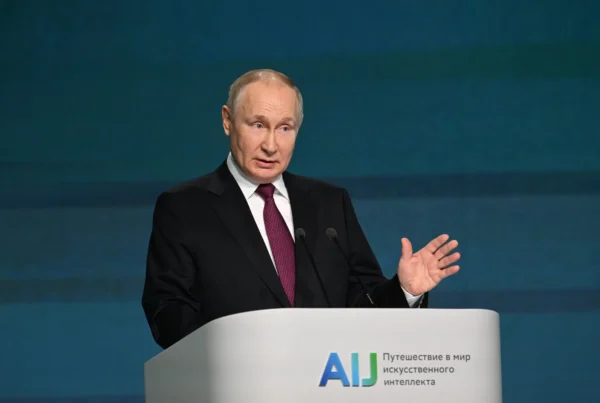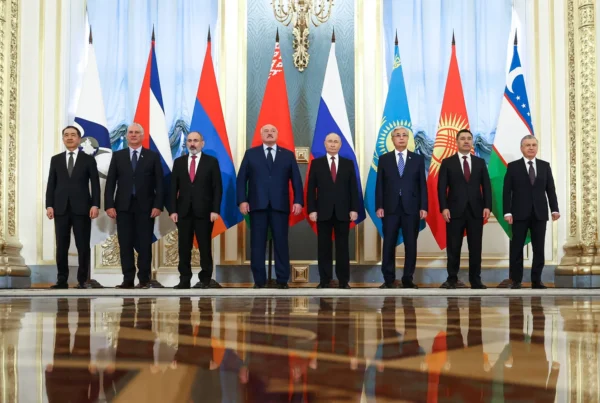The geopolitical situation in the Arctic, like the environmental one, is gradually heating up. As sea ice in the Arctic thaws due to climate change, the main actors in the region – the US, Canada, Russia, Norway, Finland, Sweden, Denmark, and Iceland – as well as China’s strategic interests amp up a great power competition over the region’s natural resources and trade routes.
Lena Krikorian, 27 September 2021
It’s no secret that climate change is negatively impacting the environment. The melting glaciers and deteriorating biodiversity in the Arctic, a region known for its below freezing temperatures, demonstrate that. According to the World Economic Forum, temperatures in the Arctic Ocean rose by one degree per decade over the past 40 years and it could be ice-free by 2050. As a result, the Arctic is experiencing global warming at a faster rate than any region in the world.
As the ice melts, questions arise such as “who gets access to undiscovered resources and oil patches?” or “which countries control which routes and territories?” Despite imminent environmental damage, the melting Arctic Ocean basin hosts potential naval, trade and transport routes, and untapped natural resources, causing a physical and geopolitical battleground to gradually heat up. According to Barron’s, the Arctic hosts nearly 13 percent of the Earth’s oil reserves and over a quarter of its untapped gas reserves; the undiscovered resources in the Russian Arctic region alone are worth around $35 trillion.
The eight Arctic States are Canada, Denmark, Finland, Iceland, Norway, the Russian Federation, Sweden and the United States as embodied in the Arctic Council. All of these countries are NATO members except for Russia. After the Cold War, the Arctic Council was formally established under the Ottawa Declaration of 1996 as a high-level intergovernmental forum based on consensus to bolster cooperation and coordination amongst the Arctic States and the six Arctic Permanent Participation organizations representing indigenous communities. It also includes thirteen Non-Arctic states as approved observers. The Arctic Council mainly discusses climate change, sustainable development, and its mandate specifically excludes military security and lacks legal status under international law.
On 20 May 2021, the Arctic Council met in its twelfth Ministerial meeting in Reykjavik where the Members convened to adopt the Council’s first-ever strategic plan. In light of the Council’s 25th Anniversary, the strategic plan serves as a guidance document for Arctic affairs for the next decade. It attempts to bolster cooperation on monitoring climate change, pollution prevention, sustainable and economic development, and effective communication for knowledge-sharing to inform policy decisions.
The Russian Federation holds the role as Chair of the Arctic Council until 2023. Russia’s theme is “Responsible Governance for Sustainable Arctic,” which emphasizes four priority areas as a means of promoting collective action in the region: Arctic inhabitants and Indigenous Peoples, environmental protection and climate change, socioeconomic development, and strengthening the Arctic Council. Ahead of the Ministerial in May, the U.S. and Russia signaled a cooperative vision on climate change. Yet political and territorial disputes remain unresolved.
Two days prior to the Ministerial, Russian Foreign Minister Sergei Lavrov stated, “it has been absolutely clear for everyone for a long time that this is our territory, this is our land.” With a dominant naval and military presence, Russia claims nearly all the Arctic coast as part of its territory while engaging in a small submarine arms race with the U.S. In a 2007 naval maneuver, Moscow violated international law by placing a Russian flag in a capsule under the ice at the base of the North Pole: an internationally recognized site administered by the International Seabed Authority. In September 2020, a nuclear-powered icebreaker left from St. Petersburg to the Arctic as the first in a series of a fleet of icebreakers, signaling a deterrence strategy.
In the next few years, the great power competition will heat up in the Arctic with actors eyeing the region such as China. As part of the Belt and Road Initiative, Beijing launched its Ice Silk Road project in 2017 with Moscow to bolster cooperation and development in the region in the form of lucrative oil deals such as the world’s largest liquified natural gas (LNG) project with France. More recently, China released its 2021-2025 Five Year Plan where it plans to build a “Polar Silk Road” in the North and South Poles, and will launch icebreakers and satellites in 2022 to monitor routes and melting sea ice.
The two major sea routes in the Arctic are the Northwest Passage and the Northern Sea Route, which runs along Russia’s northern coast and spans from Alaska to Iceland. Some predictions indicate that the Northwest Passage – coastal waters located above Alaska and Canada’s northern coast on the Arctic Circle – could fully open and be ice-free in fifteen years and intermittently open by 2025, which would reduce transit times for shipping between Europe and Asia by 40 percent. Canada has considered the Northwest Passage its Arctic waters and frozen Arctic Archipelago as internal waters based on historic Inuit presence. Washington and Moscow counter Ottawa’s sovereignty claims and would rather designate it as an international strait under the United Nations Convention on the Law of the Sea.
As the Arctic Basin changes due to rising temperatures, competing strategic interests and territorial claims persist as sources of geopolitical tension between some of the Arctic states and great powers. Nevertheless, having a forum and a strengthened Arctic Council focused on enhanced regional cooperation can ensure environmental protection and sustainable development in the Arctic. Despite historic and ongoing political differences, the Arctic states agree on returning to the thresholds set out in the 2015 Paris Climate Accords and in the Strategic Plan. On 19 September the Arctic Council recently celebrated its 25th anniversary, which demonstrates that diplomacy and dialogue can and should be the main mechanisms of addressing climate change and regional security rather than solely focusing on military differences.





